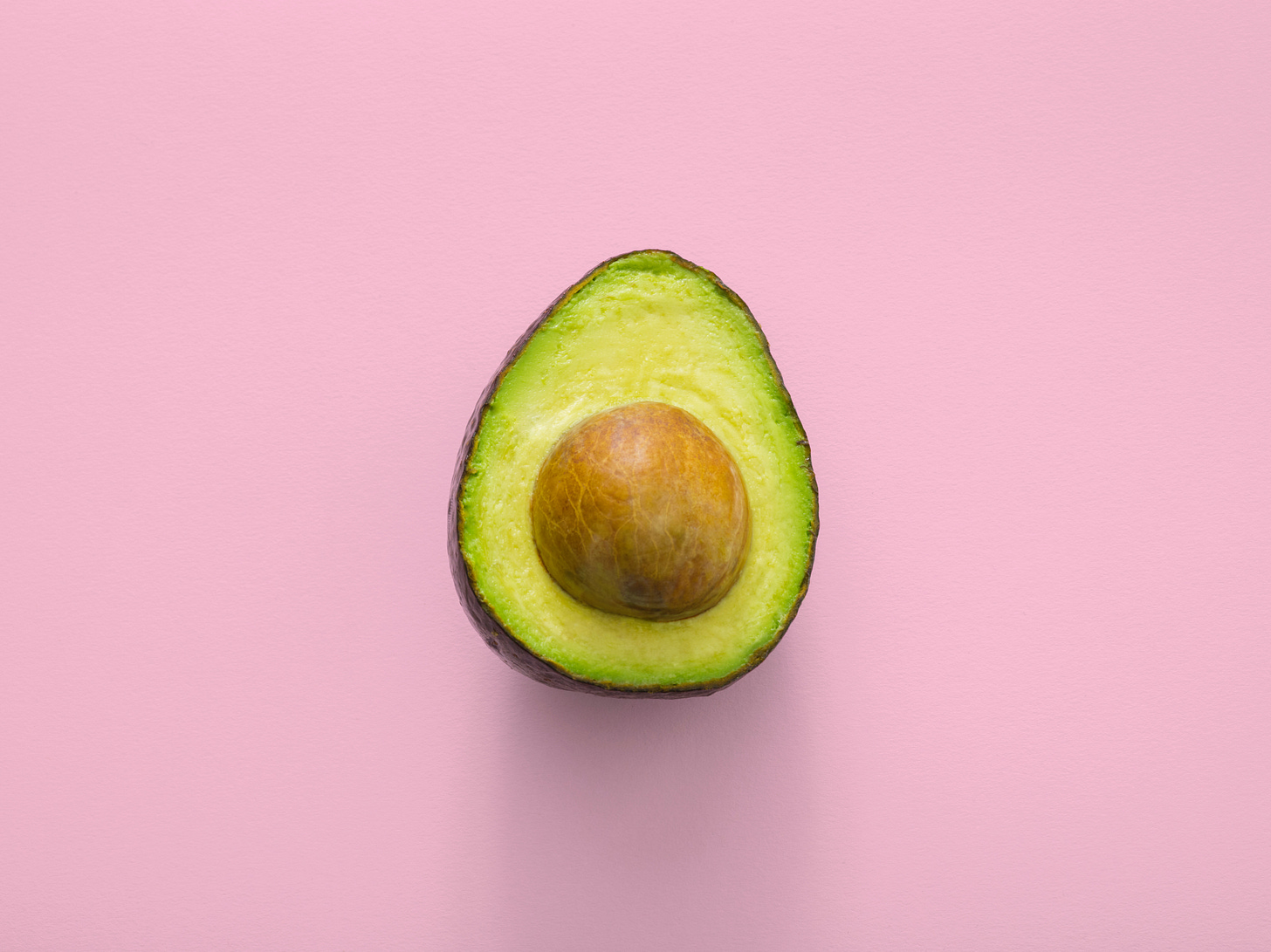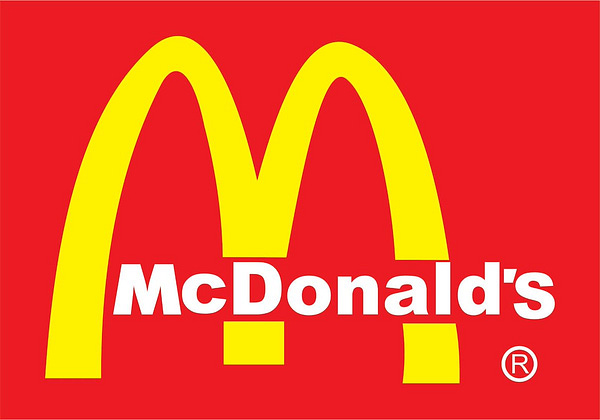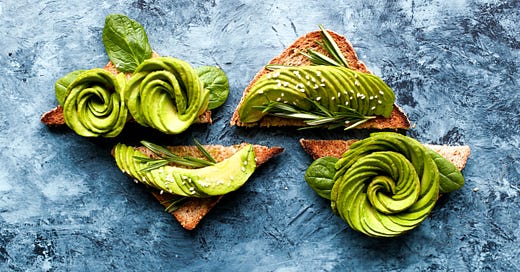How Kroger gets rich delivering your avocados: a primer on the unit economics
Grocery delivery, McDonalds real estate, and how I got a deal at the Four Seasons
Friday Night Ideas and Eggnog
Hi friends. I hope you’ve had a great week. I’m tapping away here from my home office. The baby’s sleeping, my wife (a teacher) is grading papers, and here I am writing the 2nd issue of Curious while sipping some eggnog and whiskey. Read last week’s here.
It’s a good night— and I’m excited to share some interesting things I came across this week. Here’s a quick ToC if you want to skip down
Quick personal updates
Does Kroger make money when they deliver your groceries?
Interesting Links
Personal Updates
I’m heading to Whistler, BC this weekend for a stay at The Four Seasons.
PRO TIP: It’s shoulder season in the Vancouver/Whistler BC area. Luxury hotels slash prices before the snow comes.
That, coupled with the weak Canadian dollar, means you can score really cheap hotel stays. I’m paying $250 a night, but stays in January go for over $800 a night. I’ll share about my experience next week!
We’ve never been to Whistler before. They held the Olympics there in 2009. Send me an email with your hot tips on what to see or do.
Let’s geek out about grocery delivery

As a product manager, I’m fascinated by RETAIL. Retail is the act of selling a thing, usually referring to selling something to the person who ends up using the thing.
This is different than “wholesale”, where you are making something to sell to other businesses (who then resell to the end user). A good example of this would be when Kellogg makes a box of Lucky Charms. They send that box to a retailer who then sells it to you ( with maybe a few more middlemen in between).
Buying food is something we all have to do. Learning about the business models and infrastructure that has to exist for us to eat is a fun journey. Every trip to the store becomes a chance to peep new strategies or merchandising techniques.
When you go to the grocery store to buy food, you’re typically buying from a retailer. Since WW2, retailers have been the primary way that Americans buy food.
And Americans buy a lot of food. We spent over $600 billion on groceries in 2018.
Take our little family for example. We have 4 people in our household, and on average we spend about $150 per week on groceries.
I typically shop at Fred Meyer, a PNW grocery chain that’s wholly owned by Kroger. We moved recently to a rural area, and I don’t have as much time to shop for our weekly groceries.
Kroger provides a grocery pickup service— for $5 you can have your groceries picked by employees and delivered to your car. Pretty cool, right?
Last week, while waiting for them to bring out my groceries, I decided to do a little math because I am weird:







My tweet-storm sparked some interesting conversations with friends.
Then I got real numbers…
A few days ago, I found myself at the grocery store again. I was standing in the soup aisle when I saw him. Who was he, you ask? He was a friendly-looking twenty something employee who was picking groceries for pickup. You can spot them from a mile away because they have these big bins and special carts.
“Hey man,” I started.
“I know this is probably a little weird,” I rambled
“But can I ask you a few questions about what you do here in the grocery store? I’m super impressed by how many orders you guys seem to do. It’s an awesome service and I want to know how the sausage is made.”
I really did use the phrase “how the sausage is made”.
What followed was a treasure trove of probably proprietary info. He was super nice… and just kept talking.
I felt like a spy recruiting a deep state source in modern retail. I furiously scribbled down notes on my phone.
I now know for sure… my estimates from above were WAY off.
Here’s what I learned:
Average order value for their store is $150. I was waaaaaay off with my original estimate of $75.
The average employee can pick 7-8 orders per hour.
Their computer system chooses the most efficient routing for order pickup. Orders are often spread out across multiple employees and then combined in the front of the store before pickup.
Customers who use the grocery delivery use it a lot and tend to become repeat customers
After that soup-aisle convo, I went home to do some more research. Kroger is a publicly traded company so I was able to find info on their gross profit margin across all departments. Last quarter their margins were ~22%.
Their gross margins were MUCH higher than I originally through and so the equation has changed quite a bit. Jump down below to check out the final (rough!) numbers:
Running the final numbers
$150 (ARPU) x 250 (orders) is $37,500 in gross product sales per day
$5 (fee) x 250 (orders) is $1,250 in service fees
250 (orders) would take about 3.5 FTEs over 12 hours to fill, which would cost $840 in fully loaded labor costs.
So does Kroger make money delivering my groceries?
Yes, they do!!!
This store makes $8,250 in profit from the product sales, $410 in delivery fees (less labor costs), for a grand total of $8,660 in net profit per day.
These numbers were actually much bigger than I thought!
I predict their margins will get better over time. No doubt they will use UX tricks (like Amazon) to push you to buy house brands and higher-profit items. #tricky
Why all of this matters
Grocery Stores Are Scared
Since Amazon acquired Whole Foods, there has been an explosion of activity in the grocery business. They fear Amazon, with it’s supply chain dominance, user obsession, and “everything store” ambition. Amazon is really good at delivery, and the grocery chains know it.
Almost immediately major chains started strategic partnerships with vendors like Instacart or rolled out their own grocery delivery services.
Maturing the delivery business is a hedge against Amazon.
It’s hard to make money in the grocery business. There are a few major reasons for that:
Consumers are price sensitive. People want to pay bottom dollar for the food they put on their table. There’s a not-small amount of people who will drive across down to save $0.50 on a gallon of milk.
Food goes bad. Food has a shelf life. It’s a ticking time bomb. If it goes bad before you sell it, you have to eat the cost. (Pun definitely intended)
Quality is hard. Grocery is a world where can have one SKU, but the quality of the product can vary massively. Take avocados for example:

If you’re like me, you’ll spend time and effort to choose the perfect avocado. Avocados that are too firm get a pass. Soft avocados get a pass. Only the perfectly ripe avocado will do for me. Imagine that kind of picky-ness, but scaled out over millions of people and hundreds of thousands of products.
Delivery or pickup is a way for retailers to hedge against their sales leaking to Amazon, and it lets them strengthen a direct relationship with the consumer (because you need to sign in with an account and credit card).
Everybody knows you win when you own the relationship to the customer.
Interesting Links
McDonalds is a real estate company. I don’t eat fast food very often, but when I do I worship at the Temple of Golden Arches. I’d heard that McDonald’s makes most money through RE deals, but this Twitter thread breaks it down with real number. Tap the tweet to see the whole thread.


Money Farmers: How Oligarchs and Populists Milk the EU for Millions. A remarkable investigation by the New York Times has uncovered massive abuse of a subsidy program design to help stabilize the food supply in Europe. The EU pays people to farm land. If you own land, you get paid. It’s free money. What could go wrong?
Inside the Rising Costs of Making Scripted TV. Here’s a quick read on why it’s more expensive than ever to make TV.
Bill Gates Speaks at the Dealbook Conference. People went NUTS this week when Bill Gates was asked about his view on taxes. Fun timing after I wrote my own piece on how the world needs more generous billionaires like Bill.


